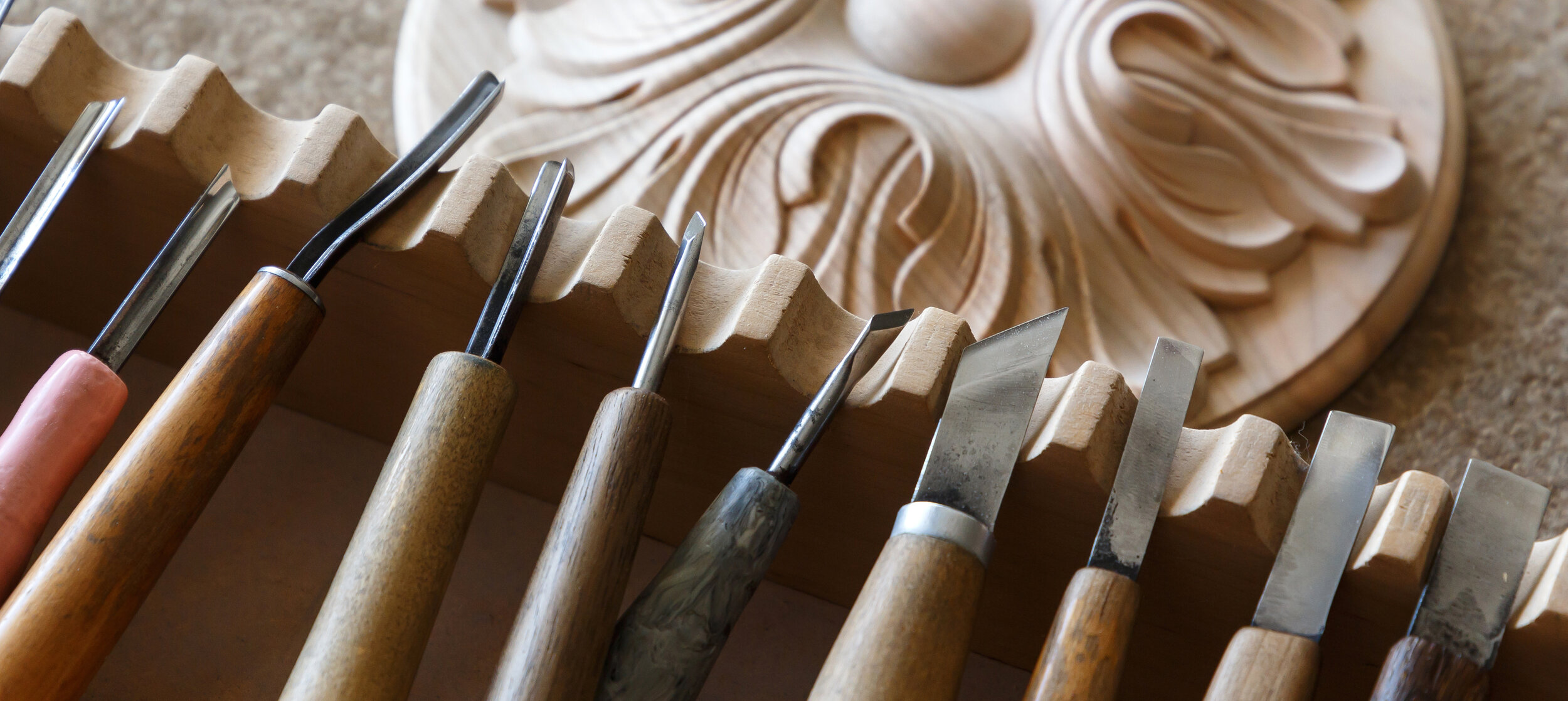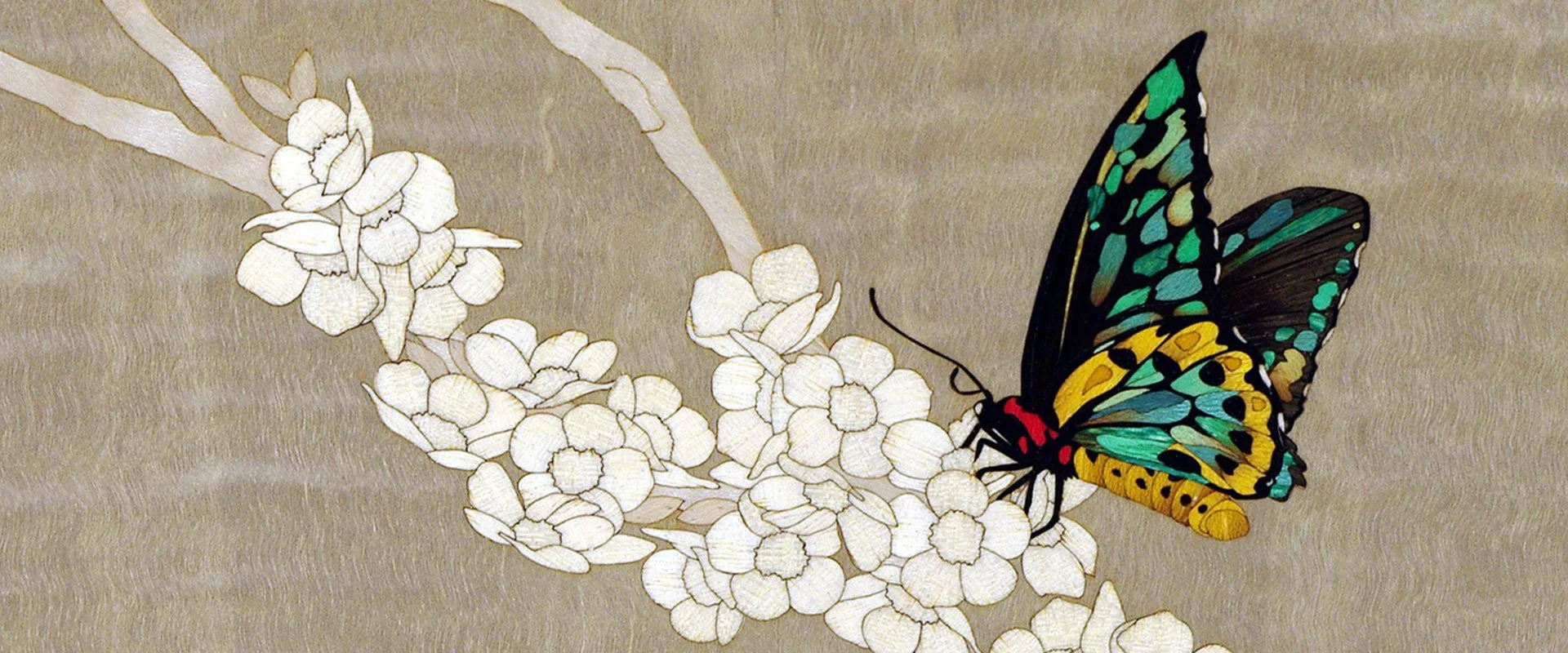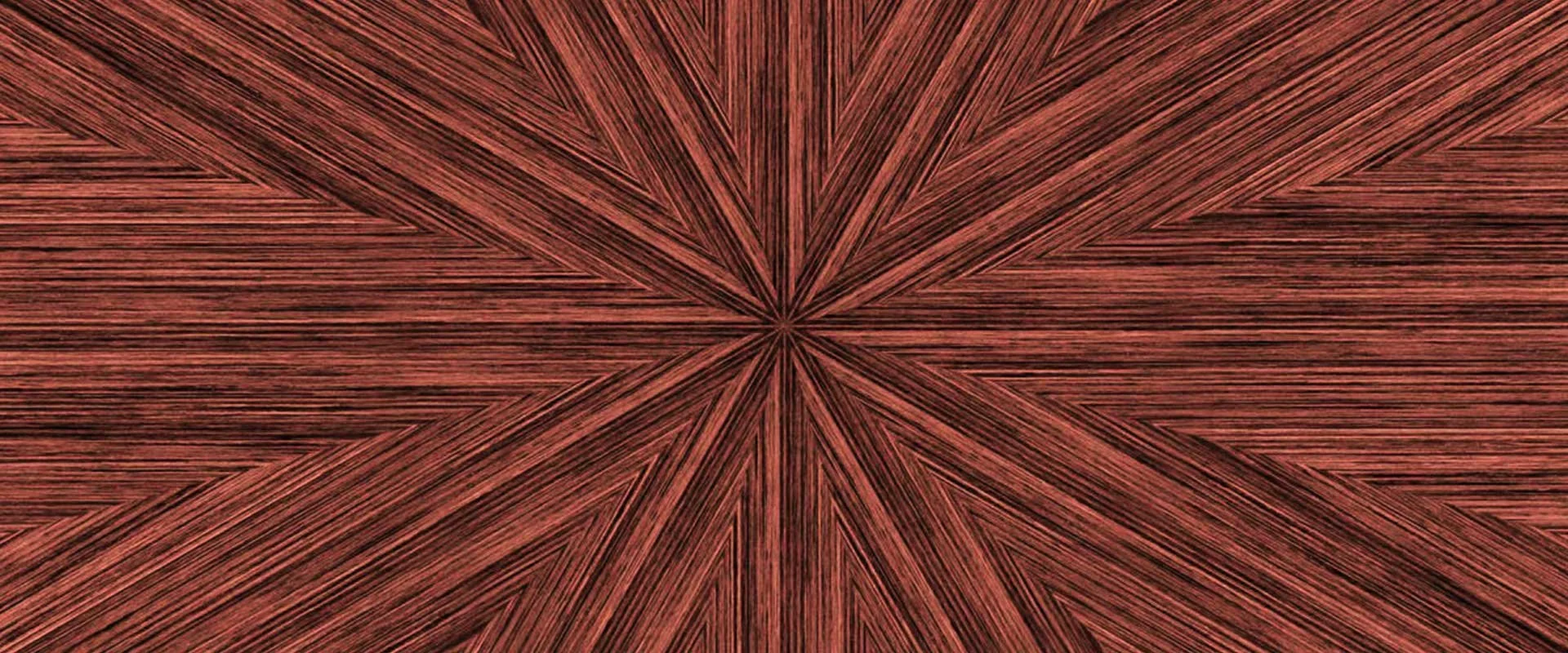
Craftsmanship
The art of creating beautiful, high-quality pieces through skill, precision, and dedication
Craftsmanship
The Art of Craftsmanship: A Legacy of Excellence
Craftsmanship has long been synonymous with quality, precision, and an unwavering commitment to excellence. The very essence of craftsmanship lies in the meticulous attention to detail and the centuries-old techniques passed down through generations of skilled artisans. This rich heritage continues to inspire and influence modern design, seamlessly blending traditional skills with cutting-edge technology.
The Essence of Quality Craftsmanship
Quality craftsmanship is not merely about creating something beautiful; it’s about the integrity and dedication that goes into the actual process. From the initial concept development to the final touches on a finished product, every step is a testament to the artisan's skill and passion. This high-quality workmanship is evident in the smooth lines of a hand-carved chair, the intricate patterns of veneer matching, and the delicate beauty of straw marquetry.
Mastery in Various Crafts
We invite you to explore our exceptional craftsmanship offerings at Make Bespoke Studio. From the intricate beauty of marquetry and the tactile elegance of straw marquetry to the luminous allure of verre églomisé and the precise geometry of traditional marquetry, our artisans blend traditional skills with modern techniques to create stunning pieces. Discover the artistry of glass blowing, the cultural richness of khatam, the seamless elegance of veneer matching, the timeless beauty of hand carving, and the opulence of gilding. Each craft is a testament to our commitment to quality and meticulous attention to detail, ensuring that every creation is a unique masterpiece.
Marquetry
Marquetry is a sophisticated craft where artisans intricately inlay thin pieces of wood, metal, or other materials into a flat surface to create detailed patterns and images. This technique, known for its precision and artistic flair, transforms furniture and decorative panels into works of art. Each piece is meticulously cut and assembled, showcasing the artisan's skill and creativity, resulting in stunning, intricate designs that captivate the eye.
Straw Marquetry
Straw marquetry, a unique variation of traditional marquetry, involves using dyed straw to create intricate patterns and designs. The straw is carefully flattened, cut, and pieced together to form vibrant, textured surfaces. This labour-intensive craft requires a keen eye for detail and colour, producing beautifully tactile and visually striking results that add a distinctive charm to any piece.
vErrE ÉGLoMISÉ
Verre églomisé is the art of gilding the reverse side of glass with gold or metal leaf, creating a mirror-like, reflective finish. This ancient technique, named after the French decorator Jean-Baptiste Glomy, combines painting and gilding to produce exquisitely luminous designs. The result is a luxurious, shimmering effect that enhances mirrors, glass panels, and decorative objects, adding a touch of elegance and opulence.
traditiOnal Marquetry
Traditional marquetry often features geometric patterns, showcasing the artisan's ability to create precise, symmetrical designs. Using a variety of wood veneers, these patterns are meticulously assembled to form intricate mosaics that embellish furniture and decorative items. This technique highlights the beauty of natural wood grains and the craftsman's exceptional skill in achieving perfect alignment and balance in each piece.
Glass Blowing
Glass blowing is an ancient craft where molten glass is shaped and blown into desired forms using a blowpipe. This technique requires a delicate balance of heat, breath control, and skill to create everything from delicate glassware to intricate sculptures. Each piece of blown glass is unique, reflecting the artisan's expertise and creativity in manipulating this challenging yet beautiful material.
Khatam
Khatam is a traditional Persian craft that involves inlaying wood, bone, and metal to create intricate geometric patterns. This meticulous technique requires precision and patience, as tiny pieces are carefully cut and assembled to form stunning mosaics. Khatam work is often found on decorative boxes, furniture, and musical instruments, showcasing the rich cultural heritage and exceptional craftsmanship of Persian artisans.
veneer Matching
Veneer matching is a technique used in woodworking to create visually seamless surfaces by aligning the grain patterns of wood veneers. This method involves carefully selecting and arranging veneers so that their natural patterns flow continuously across the surface of the furniture or panel. The result is a harmonious and aesthetically pleasing finish that highlights the natural beauty of the wood.
Hand Carving
Hand carving is a traditional craft where artisans use chisels and other tools to shape wood, stone, or other materials into detailed designs and patterns. This labour-intensive technique showcases the craftsman's skill and creativity, resulting in beautifully intricate works of art. From ornate furniture details to decorative sculptures, hand carving adds a personal and timeless touch to each piece.
Gilding
Gilding is the process of applying a thin layer of gold leaf or gold paint to a surface, creating a luxurious, reflective finish. This ancient technique is used to embellish furniture, frames, and architectural elements, adding a touch of opulence and grandeur. The art of gilding requires precision and patience, ensuring that the delicate gold leaf adheres smoothly and evenly to the prepared surface, resulting in a radiant, high-quality finish.
The Combination of Traditional Skills and Modern Technology
In the contemporary landscape, traditional skills are increasingly complemented by modern technology. This combination of workmanship ensures that craft traditions not only survive but thrive. For instance, the automotive industry, known for its high precision, often incorporates hand-carved details into luxury vehicles, showcasing the harmonious blend of age-old techniques and modern engineering.
Planning and Execution: The Actual Process
Effective planning skills are crucial in the journey from design concept to finished product. The manufacturing process often involves a blend of machine precision and human skill. Machines can perform repetitive tasks with remarkable accuracy, but it is the artisan’s eye and hand that impart the unique character and quality of craftsmanship. This delicate balance ensures that each piece is both a work of art and a functional object.
The Expense of Craftsmanship and Perceptions of Workmanship
High-quality craftsmanship comes at a price, reflecting the time, skill, and dedication involved. The expense of workmanship is often justified by the longevity and beauty of the finished product. Perceptions of workmanship have evolved, with an increasing appreciation for the value of artisan craftsmanship in a world dominated by mass production.
Inspiring Future Generations
As we look to the future, it is essential to pass on these craft traditions to future generations. Educational programmes and apprenticeships play a vital role in preserving these skills. Master craftsmen continue to mentor young artisans, ensuring that the legacy of craftsmanship endures.
The differences in craftsmanship, from traditional hand techniques to the integration of modern technology, highlight the breadth and depth of our artisanship. As we celebrate the exceptional craftsmanship that defines design, we also look forward to the continued evolution and inspiration it will bring to the world of art design. At Make Bespoke Studio, we take immense pride in bringing these designs to life, combining meticulous craftsmanship with a deep understanding of design principles to create truly extraordinary spaces. Our commitment to high-quality craftsmanship ensures that every project we undertake is a masterpiece, embodying the finest traditions of craftsmanship.









